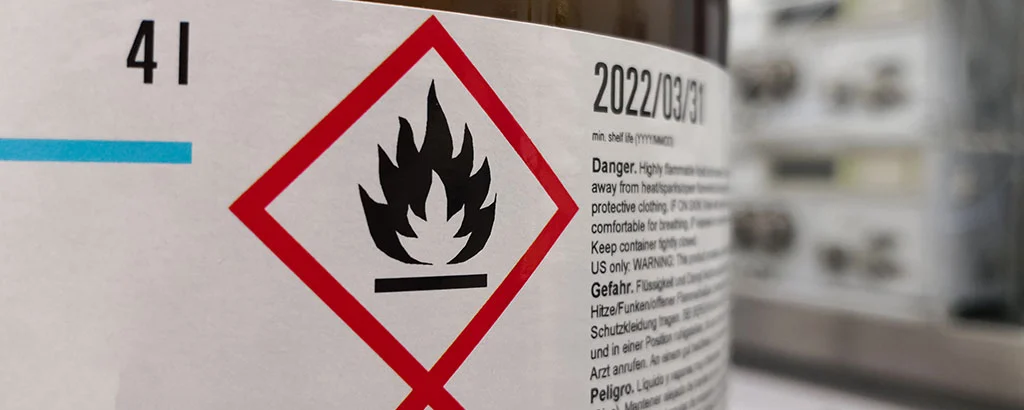
Chemicals are an essential part of many industries and play a vital role in various processes. However, these chemicals can also pose a significant hazard to employees’ health and safety if not handled properly. To ensure that your company’s employees are safe while working with chemicals, it’s essential to have proper hazard communication.
Hazard communication refers to the communication of information on the hazards of chemicals to employees. It’s a critical element of any workplace safety program and is required by law. Here are some key points to consider when developing a hazard communication program for your company:
1.- Identify the hazards.
The first step in developing a hazard communication program is to identify the potential hazards of the chemicals used in your company. This includes understanding the properties of the chemicals, potential health effects, and how they can be hazardous when improperly used or handled.
2.- Labeling.
All chemical containers must be labeled with information about the hazards they pose, including the chemical name, hazards, and precautions for safe use. Labels should also include instructions on how to handle the chemical safely, such as wearing protective gear.
3.- Safety Data Sheets (SDS).
SDSs are an essential component of hazard communication and must be available to all employees. These documents provide detailed information on the chemical’s properties, hazards, and proper handling procedures.
4.- Training.
All employees who work with or may be exposed to hazardous chemicals must receive training on the chemicals’ hazards, safe handling, and emergency procedures. This training should be conducted regularly and updated as necessary.
5.- Emergency procedures.
In the event of a chemical spill or other emergency, it’s crucial to have clear procedures in place. This includes having the appropriate equipment, personal protective gear, and emergency response plans.
Developing a hazard communication program for your company will not only protect your employees but also ensure compliance with legal requirements. Here you can find an online course that provides current OSHA and general industry information regarding worksite illnesses, injuries, and/or fatalities, the student will be able to recognize responsibilities related to hazard communications, including GHS [Global Harmonizing System] requirements:


